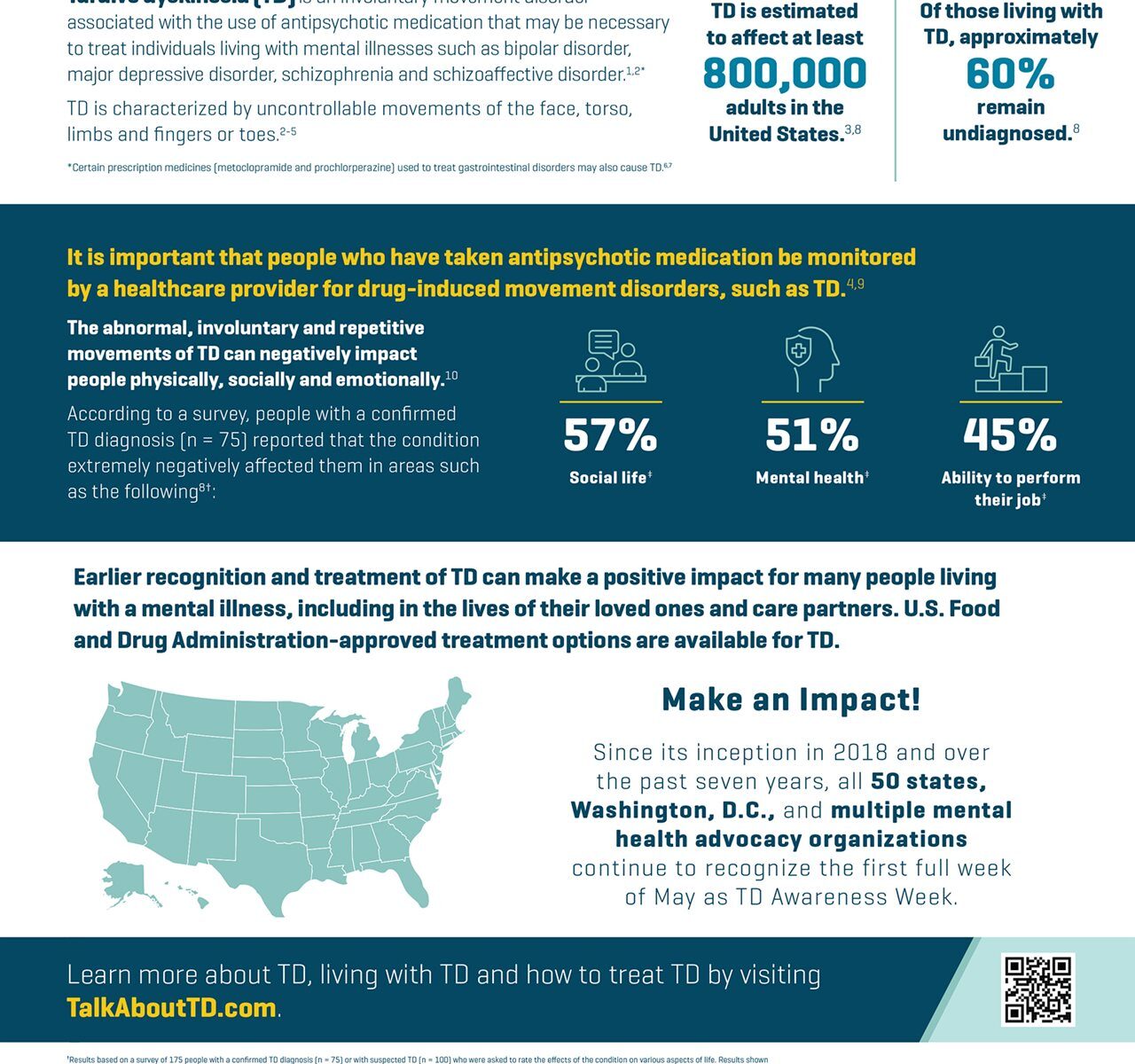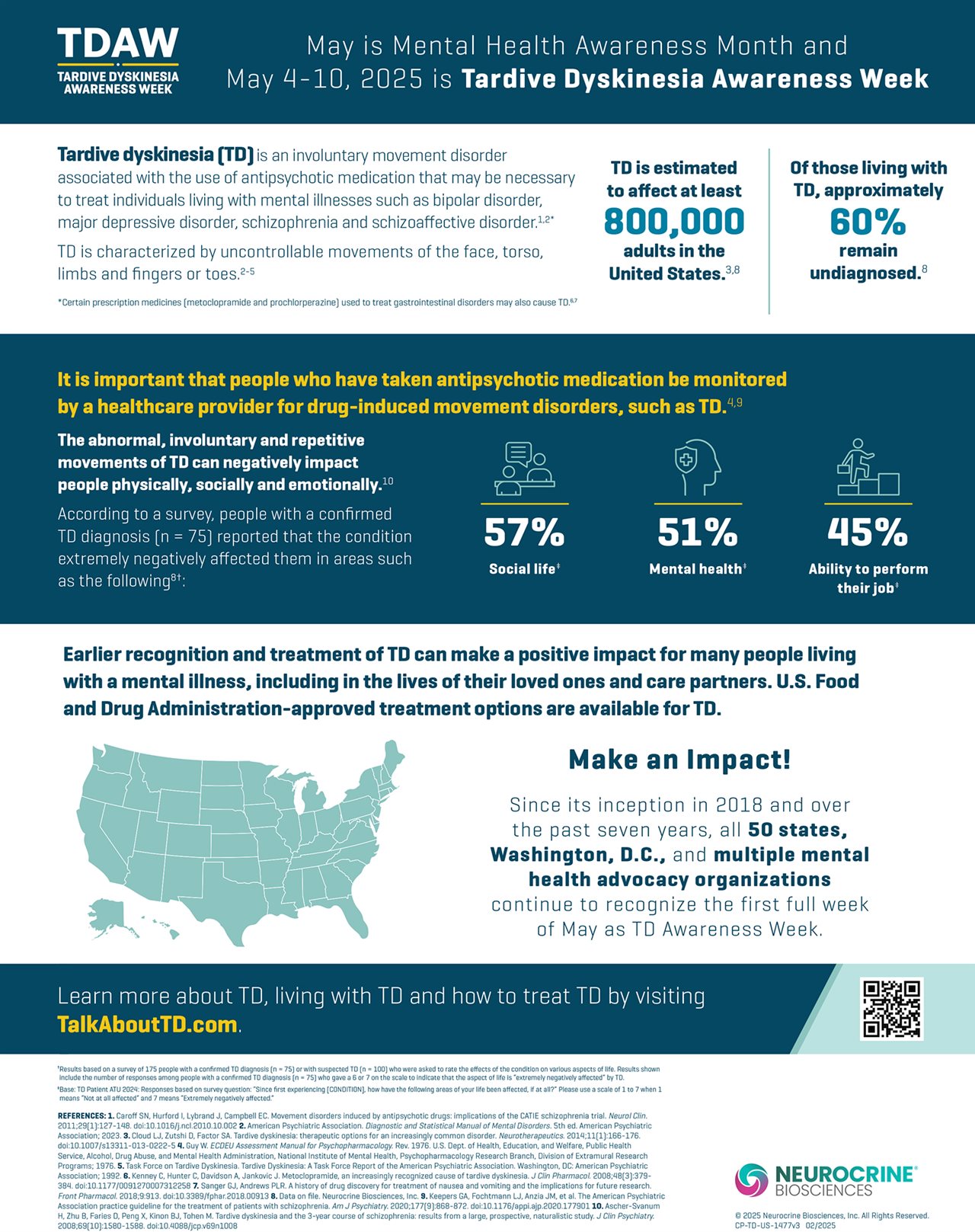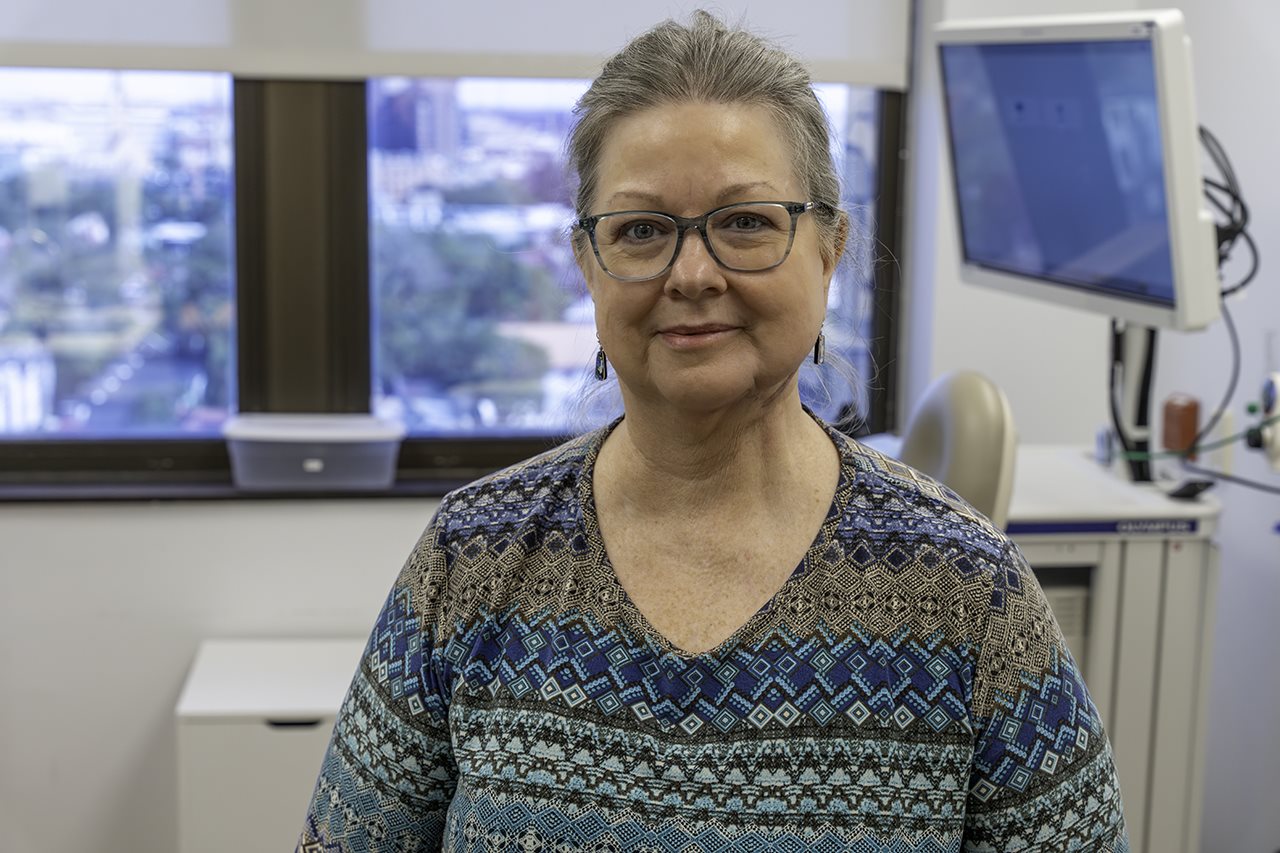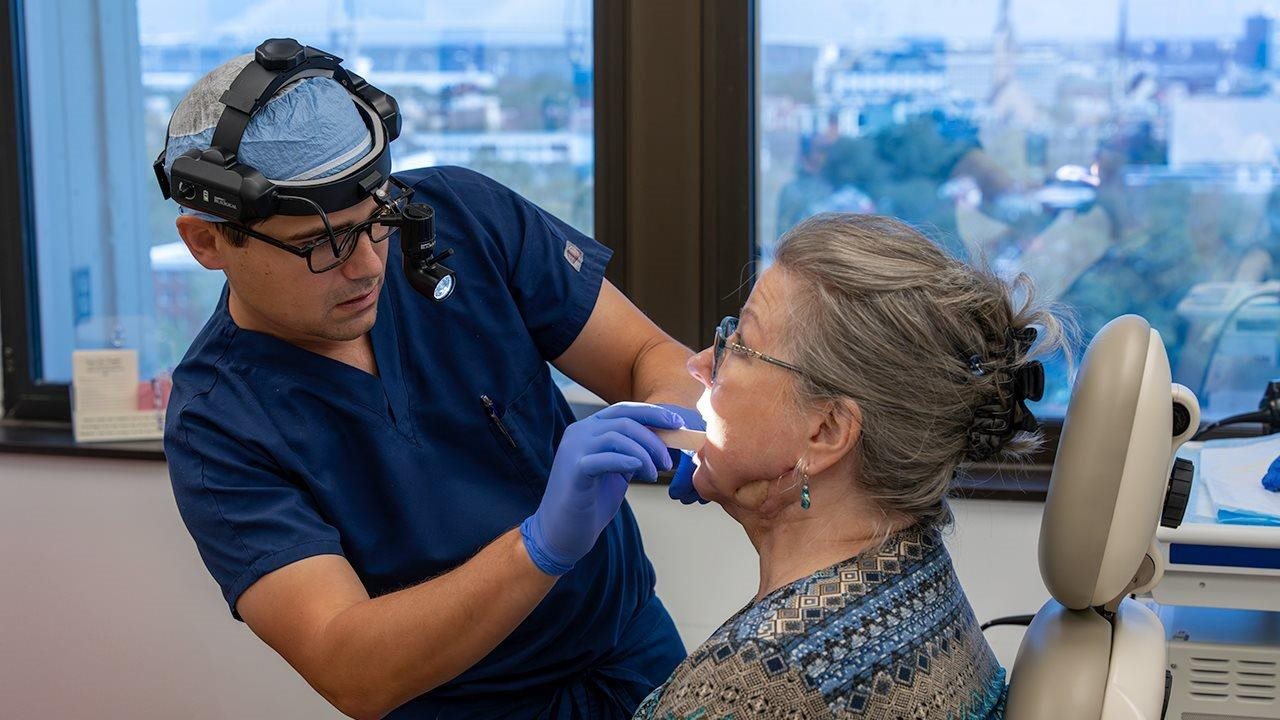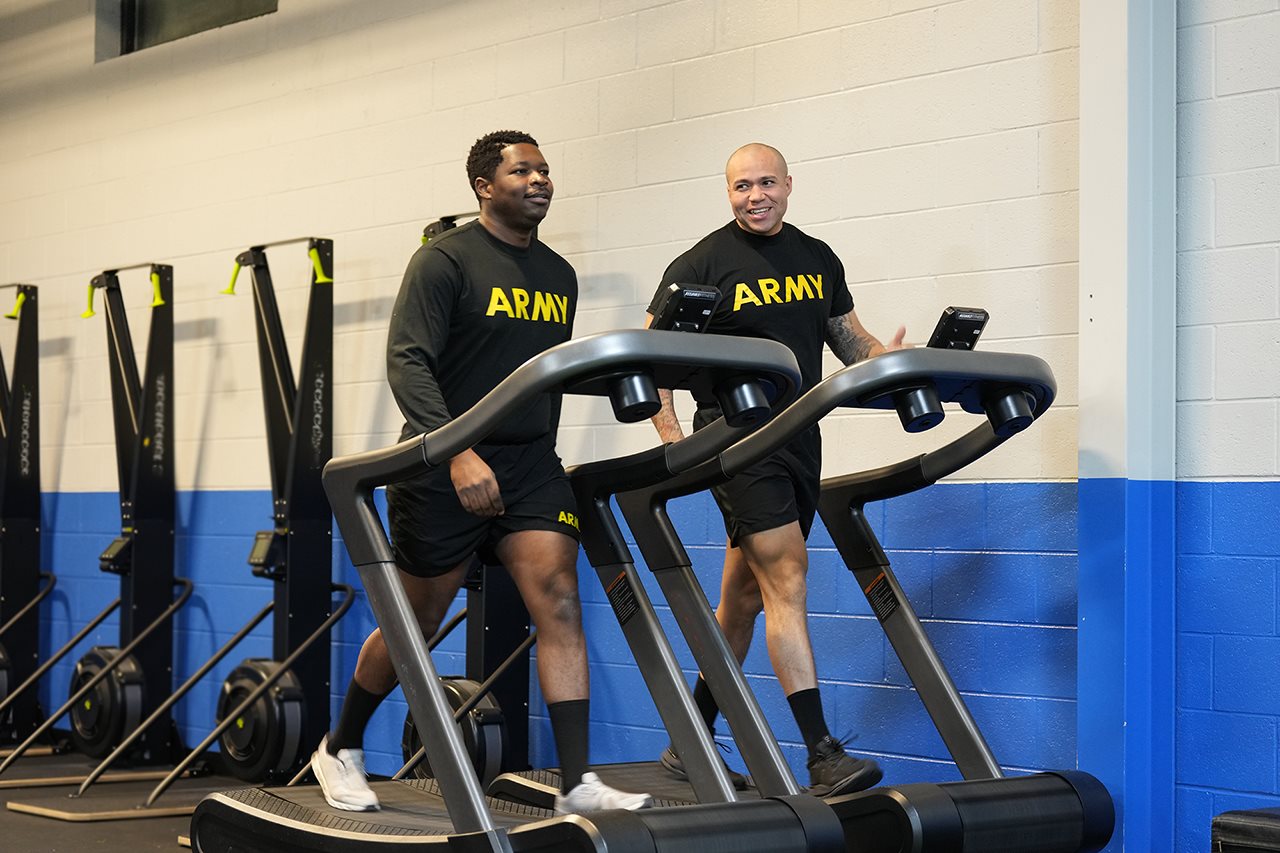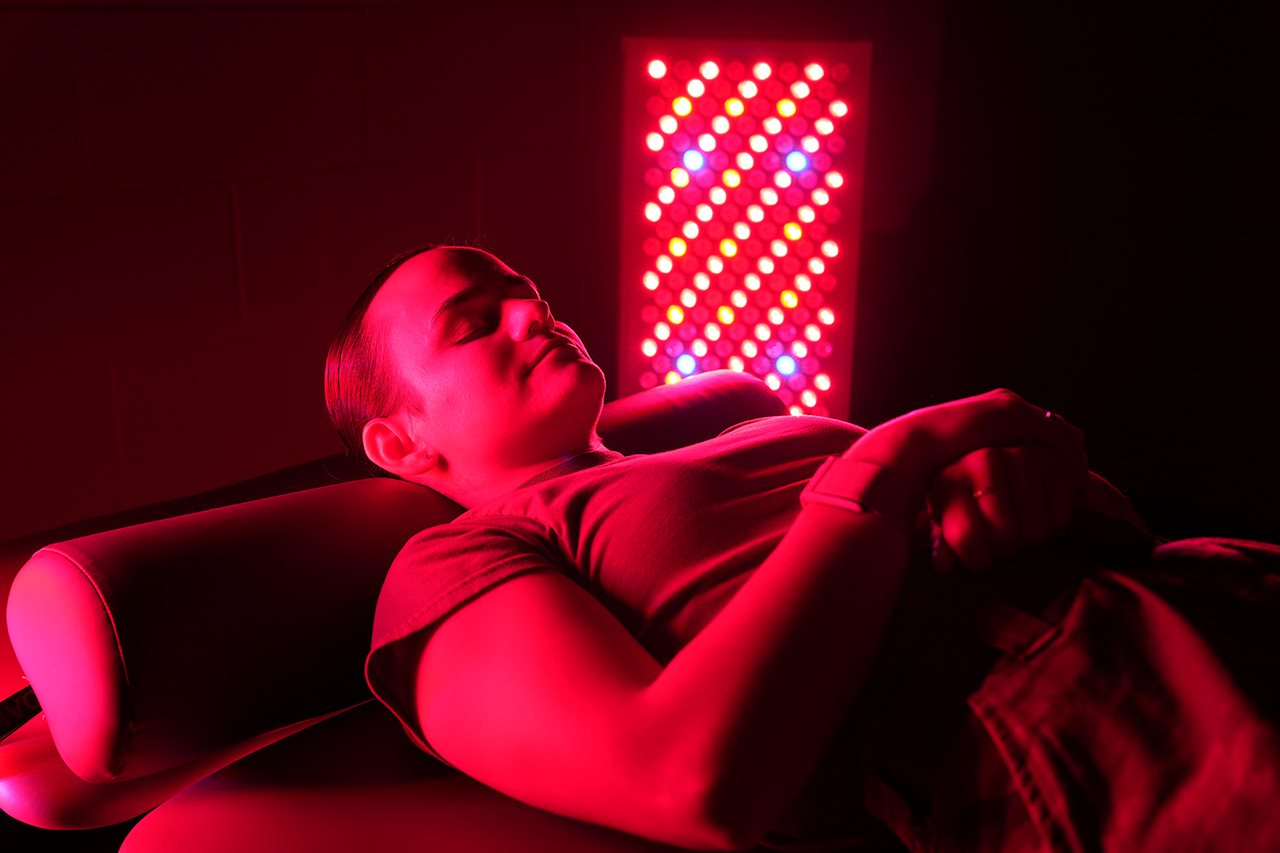2025-04-17T13:31:00
(BPT) – Actor, author and comedian Kenan Thompson can find humor in just about anything. However, one thing he cannot find the humor in is the heartburn due to Non-Erosive gastroesophageal reflux disease (Non-Erosive GERD) — and he is sharing that GERD is no joke. “Even though GERD is a funny word, it’s definitely not a funny thing to have,” said Thompson. When Thompson first started experiencing heartburn about two years ago, it started to affect him more and more frequently, but he didn’t know exactly what was causing it or how to treat it. He tried taking other medications, but they just weren’t doing the trick.
“I would get this horrible burning pain in the middle of my chest. Heartburn was affecting my sleep because it would happen over and over again throughout the night — then having an early call time the next morning for work was not my idea of a good time,” said Thompson. “In my line of work, I sing a lot and yell a lot, because being loud is funny. Heartburn was also impacting my voice and sometimes making it hoarse, and I need to maintain the strength of my vocal tone. It’s hard to do comedy when you don’t feel your best.”
After seeing his doctor, Thompson was diagnosed with Non-Erosive GERD. He learned that many acidic foods he loved, like pizza and pasta with marinara sauce, could trigger his symptoms. He also learned about a treatment that could help to relieve his heartburn, VOQUEZNA® (vonoprazan), a prescription medication available in the United States. VOQUEZNA is approved for heartburn relief in adults with Non-Erosive GERD (gastroesophageal reflux disease) and healing and related heartburn relief in adults with Erosive Esophagitis, also known as Erosive GERD.
Thompson’s experience with Non-Erosive GERD and his treatment, VOQUEZNA, has led him to partner with Phathom Pharmaceuticals, the makers of VOQUEZNA, on the GERD IS NO JOKE campaign, where he is taking part in a new TV commercial portraying the comedic role of a chef in a “Kick Some Acid Cooking Show,” which is a humorous nod to how VOQUEZNA has helped him better control his heartburn. Thompson is encouraging people suffering from the condition to speak to their doctor about this treatment option. Keep reading to learn more.
IMPORTANT SAFETY INFORMATION
Do not take VOQUEZNA if you:
- are allergic to vonoprazan or any of the other ingredients in VOQUEZNA. Allergic reaction symptoms may include trouble breathing, rash, itching, and swelling of your face, lips, tongue or throat.
- are taking a medicine that contains rilpivirine (EDURANT, COMPLERA, JULUCA, ODEFSEY) used to treat HIV-1 (Human Immunodeficiency Virus).
Please see Indication and full Important Safety Information below.
What is GERD?
GERD occurs when stomach acid flows into the esophagus and causes irritation. It’s one of the most common gastrointestinal (GI) diseases with over 65 million people in the U.S. living with the condition. Heartburn is one the most frequent symptoms of GERD. However, depending on its severity, GERD can cause heartburn, regurgitation, difficulty eating and drinking plus damage to the esophageal lining. It can also impact physical and social activities and your daily life.
There are two main types of GERD. About 30% (~20 million Americans) have Erosive GERD, also called Erosive Esophagitis, which occurs when stomach acid damages the lining of the esophagus. The other main type of GERD — and the largest subset of this common GI disease — is Non-Erosive GERD, which affects about 45 million U.S. adults. People with Non-Erosive GERD may experience reflux-related symptoms such as heartburn and regurgitation, but no acid-related damage to the esophagus. Without effective management, however, GERD can lead to serious complications.
Finding relief from heartburn
The first step is to talk to your doctor about what you’re experiencing.
“I get it, it can be intimidating, but go talk to your doctor,” advised Thompson. “They’re the only one who can actually diagnose GERD and get you feeling better and back to doing the things you love. For me, that’s making people laugh!”
Thompson’s doctor prescribed VOQUEZNA which has helped relieve his heartburn.
VOQUEZNA, the first and only FDA-approved treatment of its kind, a potassium-competitive acid blocker (PCAB). It is approved for the relief of heartburn related to Non-Erosive GERD and Erosive GERD, as well as for the healing and maintenance of Erosive GERD.
If you have questions about your symptoms, check out Thompson’s tips for talking to a doctor about GERD — including VOQUEZNA as a treatment option — and learn more about Thompson’s personal story at GERDIsNoJoke.com.
INDICATION AND IMPORTANT SAFETY INFORMATION
What is VOQUEZNA?
- VOQUEZNA® (vonoprazan) is a prescription medicine used in adults:
- for 8 weeks to heal acid-related damage to the lining of the esophagus (called Erosive Esophagitis) and for relief of heartburn related to Erosive Esophagitis.
- for up to 6 months to maintain healing of Erosive Esophagitis and for relief of heartburn related to Erosive Esophagitis.
- for 4 weeks for relief of heartburn related to gastroesophageal reflux disease (GERD).
It is not known if VOQUEZNA is safe and effective in children.
Do not take VOQUEZNA if you:
- are allergic to vonoprazan or any of the other ingredients in VOQUEZNA. Allergic reaction symptoms may include trouble breathing, rash, itching, and swelling of your face, lips, tongue or throat.
- are taking a medicine that contains rilpivirine (EDURANT, COMPLERA, JULUCA, ODEFSEY) used to treat HIV-1 (Human Immunodeficiency Virus).
Before taking VOQUEZNA, tell your healthcare provider about all your medical conditions, including if you:
- have low magnesium, calcium, or potassium in your blood, or you are taking a medicine to increase urine (diuretic).
- have kidney or liver problems.
- are pregnant, think you may be pregnant, or plan to become pregnant. It is not known if VOQUEZNA will harm your unborn baby.
- are breastfeeding or plan to breastfeed. It is not known if VOQUEZNA passes into your breast milk. You and your healthcare provider should decide if you will take VOQUEZNA or breastfeed. You should not do both.
Tell your healthcare provider about all the medicines you take, including prescription and over-the-counter medicines, vitamins, and herbal supplements. Keep a list of them to show your healthcare provider and pharmacist when you get a new medicine.
VOQUEZNA may affect how other medicines work, and other medicines may affect how VOQUEZNA works. Especially tell your healthcare provider if you take medicine that contains rilpivirine (EDURANT, COMPLERA, JULUCA, ODEFSEY).
What are the possible side effects of VOQUEZNA?
VOQUEZNA may cause serious side effects including:
- A type of kidney problem (acute tubulointerstitial nephritis): Some people who take VOQUEZNA may develop a kidney problem called acute tubulointerstitial nephritis. Call your healthcare provider right away if you have a decrease in the amount that you urinate or if you notice blood in your urine.
- Diarrhea caused by an infection (Clostridioides difficile) in your intestines: Call your healthcare provider right away if you have watery stools, stomach pain, and fever that does not go away.
- Bone fractures (hip, wrist, or spine): Bone fractures in the hip, wrist, or spine may happen in people who take multiple daily doses of another type of medicine that reduces acid in your stomach known as proton pump inhibitors (PPI medicines) for a long period of time (a year or longer). Tell your healthcare provider if you have a bone fracture, especially in the hip, wrist, or spine.
- Low vitamin B-12 levels: VOQUEZNA lowers the amount of acid in your stomach. Stomach acid is needed to absorb Vitamin B12 properly. Tell your healthcare provider if you have symptoms of low vitamin B12 levels, including irregular heartbeat, shortness of breath, lightheadedness, tingling or numbness in the arms or legs, muscle weakness, pale skin, feeling tired, or mood changes. Talk with your healthcare provider about the risk of low vitamin B12 levels if you have been on VOQUEZNA for a long time.
- Low magnesium levels in the body can happen in people who take VOQUEZNA. Tell your healthcare provider right away if you have symptoms of low magnesium levels, including seizures, dizziness, irregular heartbeat, jitteriness, muscle aches or weakness, or spasms of the hands, feet, or voice.
- Stomach growths (fundic gland polyps): A certain type of stomach growth called fundic gland polyps may happen in people who take another type of medicine that reduces acid in your stomach known as proton pump inhibitors (PPI medicines) for a long time. Talk with your healthcare provider about the possibility of fundic gland polyps if you have been on VOQUEZNA for a long time.
The most common side effects of VOQUEZNA for treatment of Erosive Esophagitis and/or relief of heartburn related to gastroesophageal reflux disease include:
- stomach inflammation
- diarrhea
- stomach bloating
- stomach pain
- nausea
- indigestion
- constipation
- high blood pressure
- urinary tract infection
These are not all the possible side effects of VOQUEZNA. For more information, ask your healthcare provider or pharmacist. Call your healthcare provider for medical advice about side effects.
You are encouraged to report suspected adverse reactions by contacting Phathom Pharmaceuticals at 1-888-775-PHAT (7428) or FDA at 1-800-FDA-1088 or www.fda.gov/medwatch.
Please see Patient Information and full Prescribing Information for VOQUEZNA.
© 2025 Phathom Pharmaceuticals. All rights reserved.
VOQUEZNA, Phathom Pharmaceuticals, and their respective logos are registered trademarks of Phathom Pharmaceuticals, Inc.
04/25 US-VPZ-24-0763




